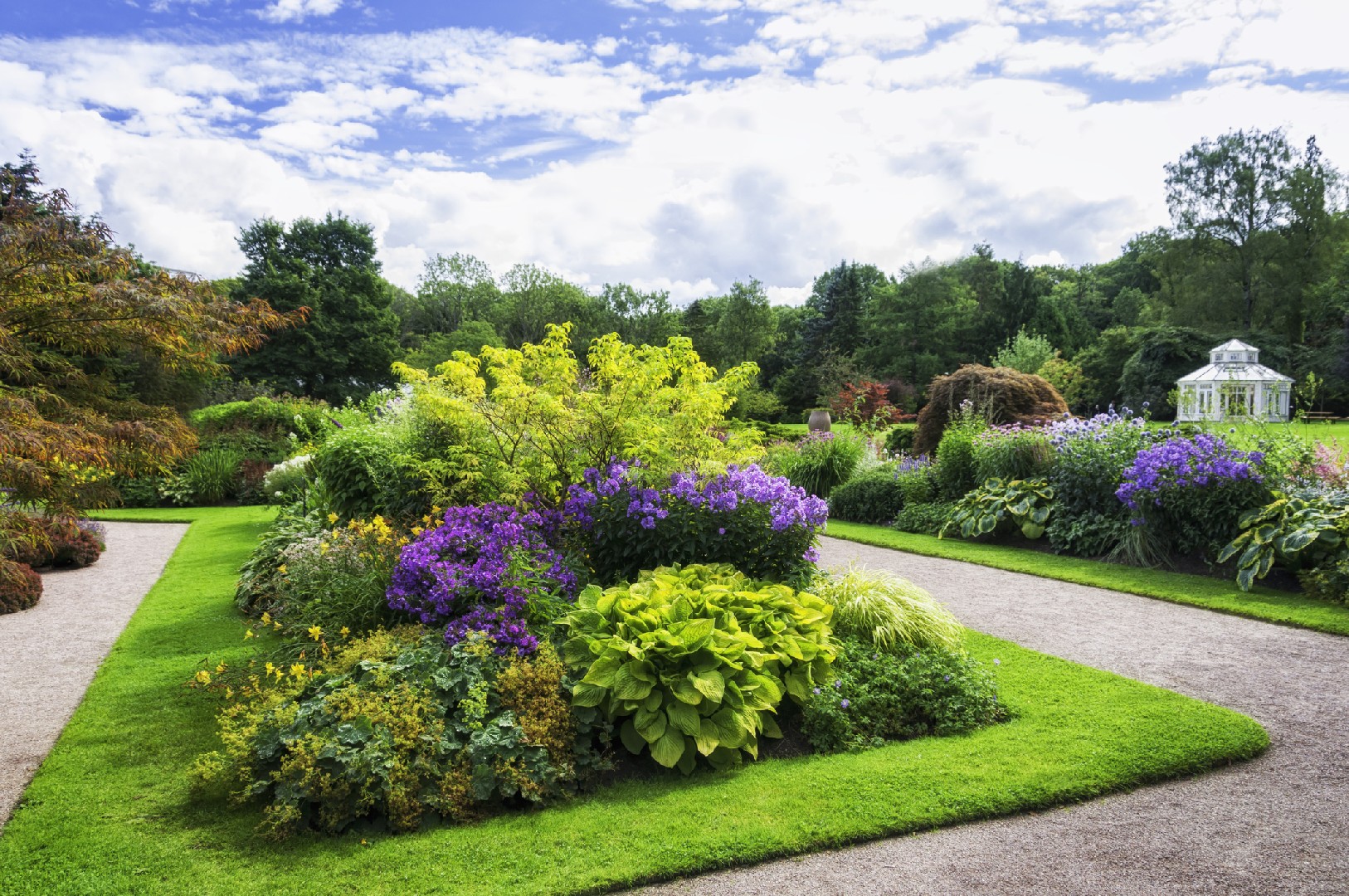![Rectangle]()
Creating Your Garden’s Identity
Creating your garden’s identity is an essential step in the landscaping process. Your garden should be a reflection of your unique tastes and preferences, while also blending seamlessly with the overall look and feel of your property. By incorporating elements that resonate with you personally, you can create a garden that truly feels like an extension of your home.
When it comes to choosing between a formal or informal design, it’s important to consider your desired aesthetic. A formal garden design is characterized by clean lines, geometric shapes, and a sense of order and symmetry. This style is perfect for those who prefer simplicity and structure in their outdoor spaces. To achieve this look, you can start by defining clear boundaries, such as hedges or fences, to create structure and a sense of organization.
On the other hand, an informal garden design offers a more relaxed and natural aesthetic. This style is characterized by curving pathways, flowing lines, and a sense of freedom and spontaneity. If you prefer a more organic and laid-back vibe, an informal design would be more suitable for your garden. To create an informal garden, you can incorporate meandering paths, utilize a variety of plants, and embrace a more eclectic mix of materials and accessories.
Regardless of the design style you choose, thoughtful placement of focal points is crucial for bringing individuality to your landscape. Focal points can be anything from a stunning tree or a unique sculpture to a cozy seating area or a water feature. They draw the eye and create visual interest, adding depth and personality to your garden.
Now that you have a better understanding of the different design styles, it’s time to consider some practical tips to help you create your garden’s identity. One useful technique is to create a mood board or gather inspiration from magazines, websites, or other gardens that resonate with you. This will help you visualize your desired aesthetic and provide guidance when selecting plants, materials, and accessories.
Another important aspect to consider is the seasonal changes in your garden. By choosing a variety of plants that bloom at different times of the year, you can ensure that your garden looks vibrant and beautiful throughout the seasons. Additionally, incorporating native plants not only adds a sense of place to your garden but also attracts local wildlife, such as birds and butterflies.
Lastly, don’t be afraid to experiment and have fun with your garden. Your garden is a living, ever-evolving space, so feel free to make changes and try new things. Don’t be discouraged by the inevitable challenges that come with gardening, as they provide valuable learning opportunities.
In conclusion, creating your garden’s identity is all about expressing your personal style and preferences while maintaining a cohesive look with your property. Whether you choose a formal or informal design, remember to incorporate focal points that reflect your individuality. By following practical tips and embracing the joy of gardening, you can create a garden that brings beauty, tranquility, and pride to your outdoor space.





